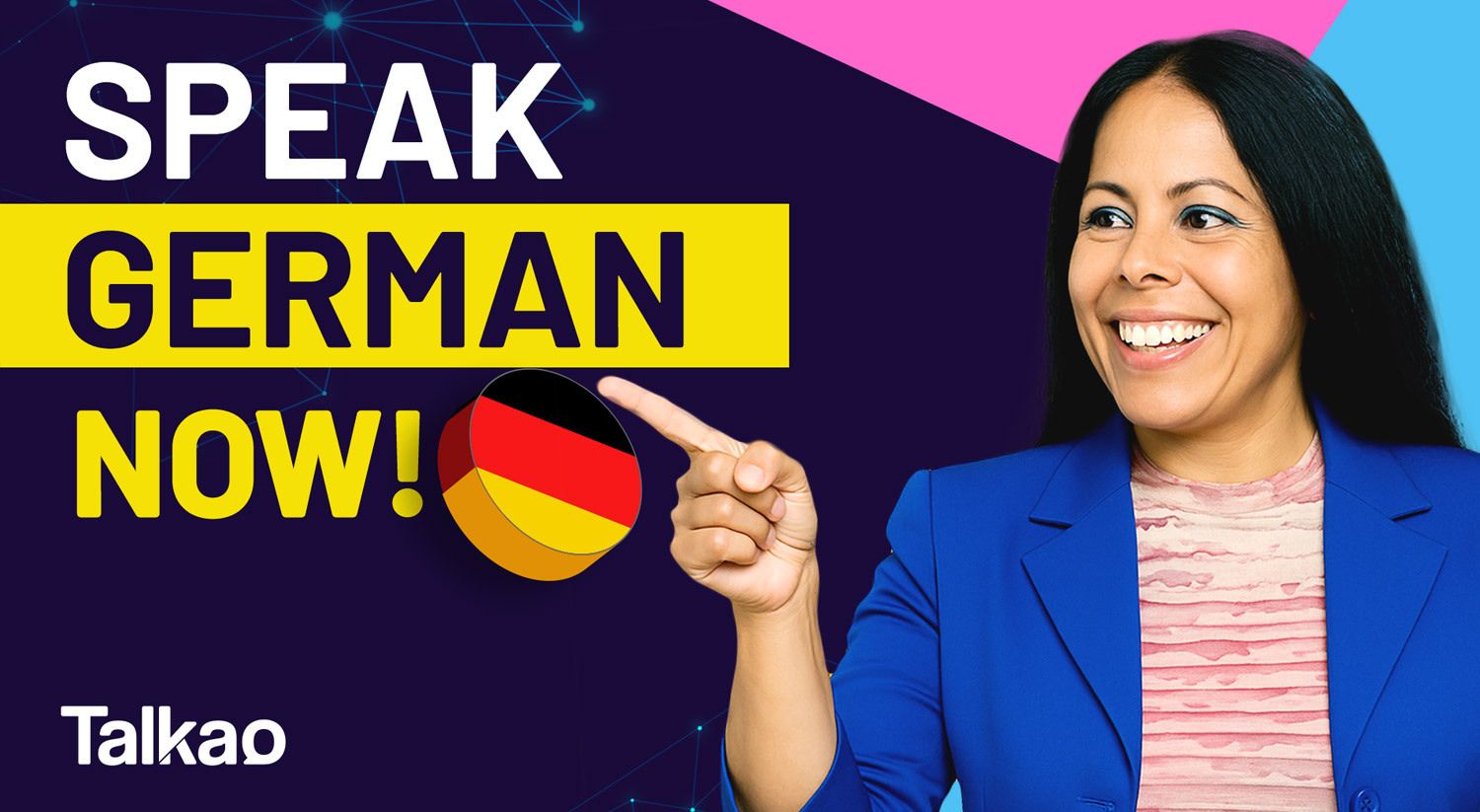
Welcome to your very first German class with Talkao… Glückwunsch! Congratulations! You’re about to dive into one of the most fascinating and rich languages in the world. German is a key language in Europe and is spoken by over 150 million people worldwide.
German often feels intimidating at first. Many believe it’s too hard to learn or that its pronunciation is nearly impossible. But today, in our first German lesson, we’re going to break that myth. Our teacher will show you how easy and fun it can be to greet and introduce yourself in German.
We’ll break down a typical German greeting to understand each part, explore the grammar behind it, and — most importantly — learn how to pronounce it correctly. Stay with us until the end of this first lesson, because it’s going to be fun and highly practical. By the end, you’ll be able to introduce yourself in German like a native speaker.
Plus, you’ll discover how to combine your German class with smart technology. We’ll show you how to use AI-powered predictive translation tools to build your very own digital language assistant.
Lass uns Deutsch lernen! (Let’s learn German!)
But before we begin…
Why should you complete your first German class?
We don’t need to tell you that we live in an increasingly globalized and competitive world—one where learning new languages is no longer just a bonus, but an essential skill. Speaking another language isn’t just a way to grow personally; it’s a powerful tool for professional development as well.
You might currently find yourself at a crossroads, wondering which language to learn next. If that’s the case, German is one of the most strategic choices you can make. It’s a language with strong international influence and growing relevance in today’s world.
Still, it’s natural to ask: Why should I learn German instead of a more widely spoken language like English or French? In your very first German class, you’ll discover the key reasons why this language is a smart investment. You’ll see how learning German can offer advantages in your career, academic path, and cultural life. Ready to get started? Let’s go!
German: A language with global reach
German is not only one of the most widely spoken native languages in the European Union. But it’s also an official language in several influential countries: Germany, Austria, Switzerland, Luxembourg, Liechtenstein, and parts of Belgium. That makes it a highly valuable tool for international communication.
What’s more, Germany is Europe’s largest economy and the fourth-largest in the world. That alone highlights the importance of the German language in business, research, and innovation. In your first German class, your teacher will guide you through the fundamentals of this powerful and strategic language.
And it gets even better—you’ll start by mastering the most essential foundation of any language: introducing yourself naturally and confidently. But that’s just the beginning. Let’s take a look at some additional benefits of learning German.
Career advantages: More job opportunities
If your goal is to boost your employability or advance your career, learning German can open countless doors. Multinational companies, European institutions, NGOs, and academic organizations all value candidates who speak German fluently.
For example, did you know that many German companies operate in Spain and Latin America? Brands like BMW, Mercedes-Benz, Siemens, Bosch, and DHL are constantly looking for bilingual professionals who can communicate directly with their headquarters in Germany.
Additionally, if you’re thinking about working in Germany, Austria, or Switzerland, mastering the language will help you access better job offers, negotiate improved working conditions, and navigate professional environments without barriers. That’s a compelling reason to attend your first German class—and learn how to use AI-powered translation tools to your advantage.
Study and scholarships in German Universities
Germany is one of the top destinations for international students. It offers high-quality education, often free or with very low tuition costs, especially at public universities.
By learning German, you can:
- Enroll in undergraduate, master’s, and PhD programs at world-renowned institutions.
- Apply for scholarships from the DAAD (German Academic Exchange Service) and other European initiatives.
- Integrate more easily into German academic and social life.
Even if your program is in another language, having a good grasp of German will make daily life smoother and increase your chances of getting internships and job offers during or after your studies.
Access to a rich and diverse culture
Your first German class will teach you the basics of a language that opens the door to one of the richest cultural heritages in the world. German has been the language of some of history’s most influential thinkers and artists, including:
- Johann Wolfgang von Goethe
- Ludwig van Beethoven and Johann Sebastian Bach
- Albert Einstein and Max Planck
- Friedrich Nietzsche and Hannah Arendt
Knowing German allows you to experience their works in the original language. And while AI-powered translation tools are becoming more accurate, nothing compares to reading or listening to these masterpieces as they were originally created. That’s why this first class will also show you how to enhance your learning with your own digital language assistant.
Strengthen your cognitive and communication skills
Recent studies have shown that learning a second or third language like German can improve your:
- Short- and long-term memory
- Focus and concentration
- Critical thinking and problem-solving skills
It also fosters greater empathy and cultural awareness. As you’ll see in your first German class, the language has a logical structure and rich grammar that stimulates structured and analytical thinking. That’s a valuable skillset for both students and professionals alike.
Ready to begin your journey? Your first German class is more than just a lesson—it’s the start of a new chapter in your personal and professional growth. Let’s dive in!
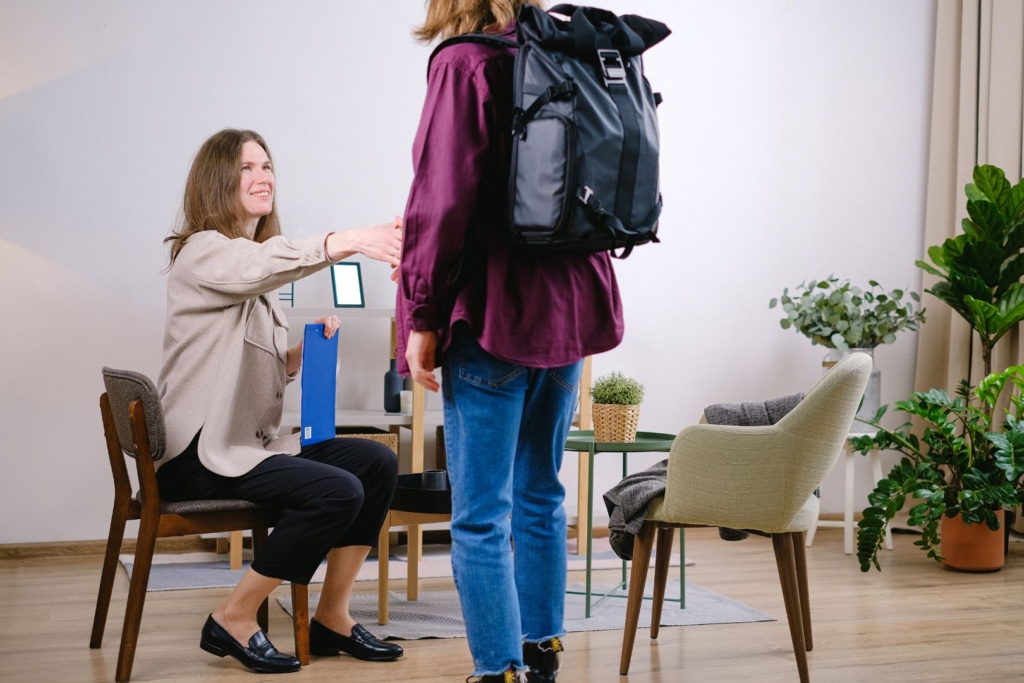
What will you learn in your first German class?
Taking the first step in learning a new language is always an exciting experience. If you’ve decided to begin your journey, you should know that one of the most essential aspects of your first German class will be learning how to introduce yourself. This seemingly simple act will not only help you start conversations — it will also lay the foundation for your communication skills in the language.
In your first German lesson, you’ll discover how to introduce yourself properly. You’ll learn which basic phrases you should master and the most common mistakes to avoid. You’ll also see how consistent practice can help you build confidence — all supported by the best tools in AI-powered predictive translation and digital personal interpreting. Let’s dive in.
Why is introducing yourself in German so important?
As your instructor explains in your first German class, self-introduction is a key skill in any language — but it’s especially important in German. Why? Because formality, clarity, and respect are core values in German communication.
If you don’t know how to say who you are, where you’re from, or what you do, you’ll feel limited from the very beginning. Learning these structures will allow you to:
- Actively participate in your new community
- Communicate effectively with others
- Make a good first impression
- Start building your German vocabulary in context
In short, mastering personal introductions in German gives you the tools to navigate even the most basic situations with confidence. That’s why you’ll learn to do two types of introductions: informal and formal. Let’s look at both.
Basic structure to introduce yourself in German
As in any language, there are two common ways to introduce yourself. In today’s German class, we’ll see that the differences between the two are quite significant in this language. And the best way to understand them is through simple examples.
Informal introduction (Among friends, classmates, or peers)
Here’s how a casual, informal introduction in German might sound — the kind you’d use when meeting people in a relaxed or social setting:
“Hallo! Ich heiße Laura. Und du? (Hi! My name is Laura. And you?). Ich bin aus Spanien. Ich bin 25 Jahre alt. (I’m from Spain. I’m 25 years old.). Ich studiere Biologie an der Universität. (I study Biology at university.)”
Here are some key phrases from this example:
- Hallo! – Hello!
- Ich heiße… – My name is…
- Ich bin… – I am…
- Ich komme aus… – I come from…
- Ich studiere… – I study…
- Ich arbeite als… – I work as…
This is, of course, a very basic and light example. Now, let’s see what a more formal version looks like.
Formal introduction (For jobs, interviews, or formal settings)
German is quite unique in how it distinguishes formality compared to other languages. As we’ll learn in the first German lesson, formal introductions follow different rules. Here’s a simple example:
“Guten Tag, mein Name ist Laura González. (Good day, my name is Laura González). Ich komme aus Spanien und arbeite als Ingenieurin. (I’m from Spain and work as an engineer). Ich freue mich, Sie kennenzulernen. (It’s a pleasure to meet you)”.
Some important phrases in formal German introductions include:
- Guten Tag – Good day
- Mein Name ist… – My name is…
- Ich freue mich, Sie kennenzulernen – Pleased to meet you
- Ich arbeite bei… – I work at…
In some cases, you might also include:
- Ich bin ledig/verheiratet – I’m single/married
Again, this is a short and simplified version. For a more complete introduction, we invite you to watch the full first German class with Talkao on our channel.
The importance of pronunciation and grammar in German introductions
One of the most distinctive features of the German language is its precise grammatical structure. From the start, it’s essential to pay close attention to word order, especially in affirmative sentences and when using verbs like heißen (to be called) or sein (to be). For example:
- Incorrect: Ich Laura heiße
- Correct: Ich heiße Laura
Pronunciation also plays a key role. Letters such as ä, ö, ü, or combinations like “ch” and “sch” should be practiced from the beginning.
Naturally, beginners make mistakes. Let’s look at the most frequent ones.
Common mistakes when introducing yourself in German (and how to avoid them)
In your first German lesson, you’ll not only learn what to say — you’ll also learn what NOT to do. While introduction structures aren’t overly complex, here are some common mistakes to watch out for:
- Mixing up formal and informal pronouns: du (you – informal) and Sie (you – formal) are not interchangeable. Using the wrong one can sound impolite or too casual.
- Skipping the verb or placing it incorrectly, as shown above.
- Mispronouncing your name or someone else’s: practice how to spell your name in German using the German phonetic alphabet if needed.
- Literal translation: Not everything translates directly. For example, “I’m 30 years old” is Ich bin 30 Jahre alt, not Ich habe 30 Jahre.
Avoiding these errors will boost your confidence and accelerate your language learning journey.
What should you learn after mastering introductions?
Once you know how to introduce yourself, it’s time to expand your vocabulary and fluency. The next topics often include:
- Talking about your family (Ich habe zwei Geschwister…)
- Describing your daily routine (Ich stehe um acht Uhr auf…)
- Expressing likes and dislikes (Ich mag Musik und Literatur…)
Learning German is a progressive process, and mastering personal introductions will help you succeed in every future stage. It’s also essential to get familiar with German sounds and practice them regularly.
To help you along the way, Talkao’s AI-powered predictive translation tools can make a big difference. Let’s see how they work in your next lesson!

Can you really have a personal German digital interpreter in your pocket? Absolutely!
One of the key lessons in your first German class is that learning how to introduce yourself shouldn’t just be a memorization exercise. It’s the perfect chance to actively engage with the language from day one. To do that, using effective techniques that combine comprehension, repetition, and real-life use is essential. Let’s explore how AI-powered predictive translation tools can help you succeed.
Recommended strategies from your first German class
Our German teacher shares some very simple yet powerful techniques—and shows how Talkao apps can act as your personal German digital interpreter. Here’s how to make the most of them:
Write your introduction and say it out loud several times a day
You’ve probably heard the phrase “practice makes perfect.” In your first German class, you’ll see how crucial it is to practice consistently—especially in a language like German, which may not feel as familiar as others.
That’s where tools like Talkao Translate and real-time translation features become your greatest allies. With them, you can:
- Record yourself and listen to your pronunciation to spot areas for improvement. Compare your speech with the app’s—knowing your mistakes is the first step to fixing them.
- Pay attention and try to mimic correct pronunciation. Mimicry is one of the most effective techniques in language learning.
- Expand your vocabulary. Focus on word endings and intonation. These subtle details can completely change the meaning of a sentence.
- Watch videos, podcasts (like Talkao’s), live classes, and more. Use the video translation tool to deepen your understanding.
- Talk to native speakers. Practicing with German speakers allows you to compare pronunciation. Real-time translation makes these conversations smoother and more natural.
What else can you do with Talkao’s digital interpreter features?
Speaking is just one piece of the puzzle. As your teacher points out in your first German class, without a solid foundation, there’s no progress. You need to build a basic vocabulary and understand grammar principles to communicate more effectively.
Here’s how Talkao’s AI-powered predictive translation tools can support your learning journey:
- Use the Talkao Dictionary as a go-to reference. Keep it on hand to research new words quickly and understand them in depth.
- Look for new words in real-world German texts. Local newspapers, books, and magazines are great sources of well-written content. Use Talkao’s document translation feature to understand them more easily.
- Learn how words are written without typing them. With the camera translator, you can translate words from text, images—even handwritten notes.
To wrap up your first German class, your teacher leaves you with one of the best pieces of advice:
“Viel Spaß beim Deutschlernen!” (Enjoy the process of learning German!)
“Bis zur nächsten Stunde!” (See you in the next class!)
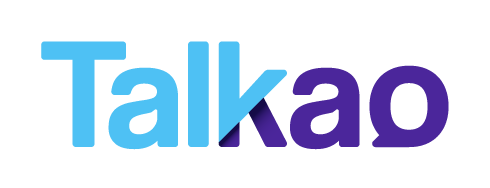

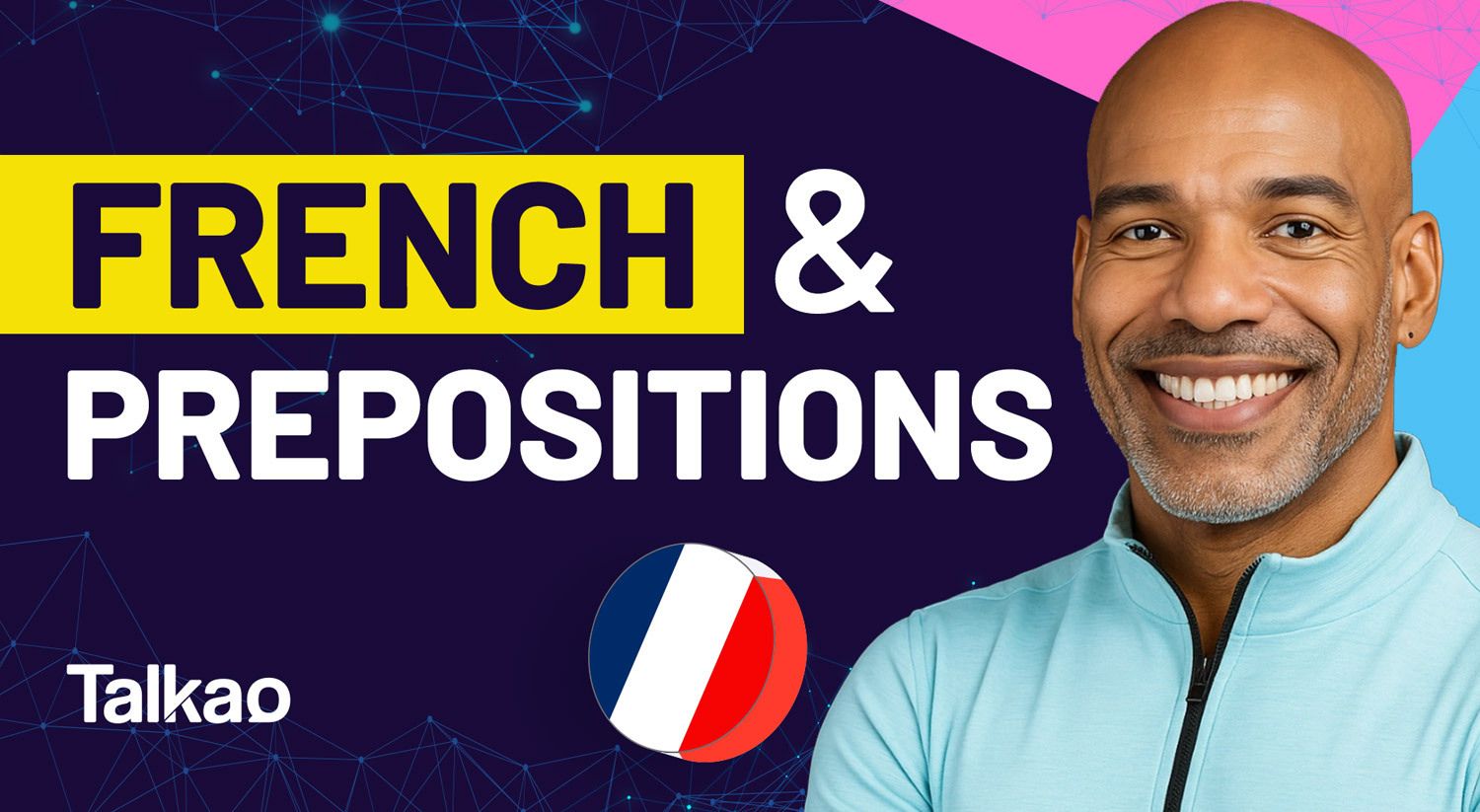


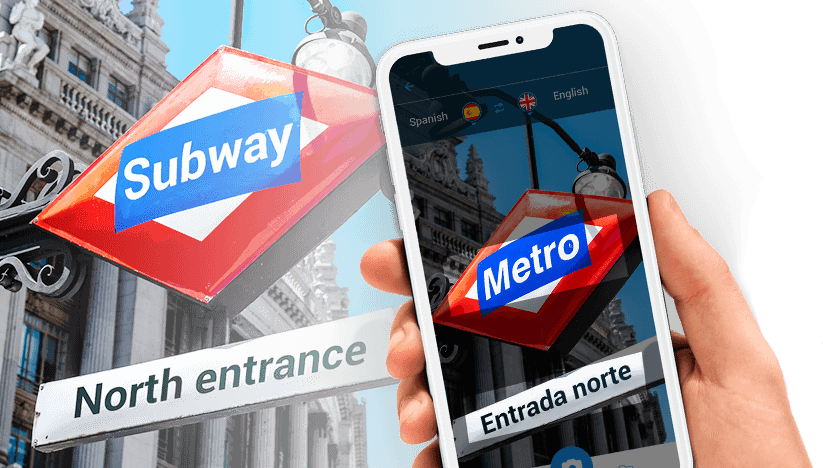




Newsletter